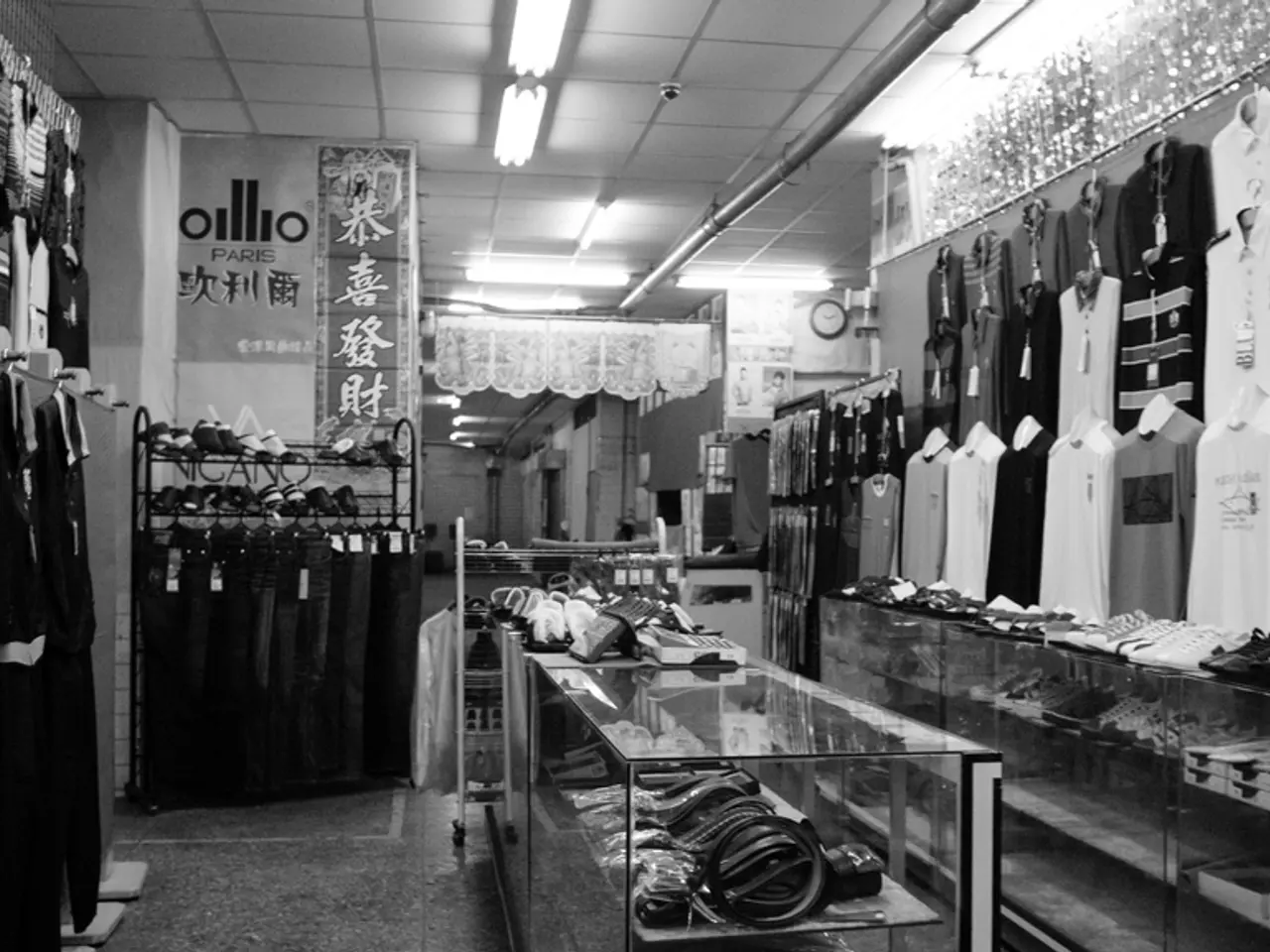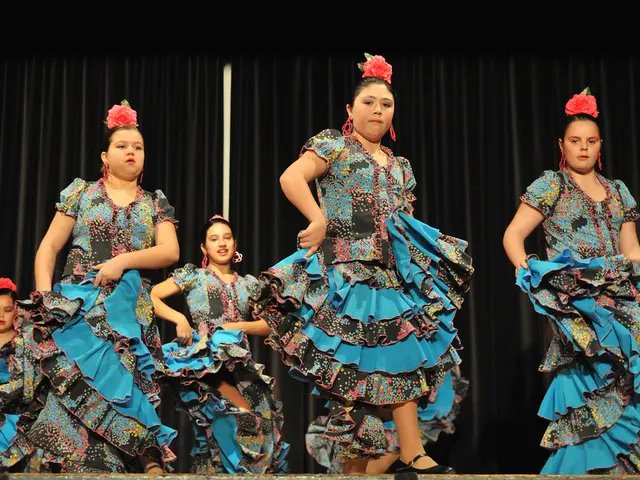Steps to Manufacture Clothing: A Simplified Guide (1-12)
Unveiling the Clothing Manufacturing Process: A Step-by-Step Guide
Posted by Amelia Sebastian
Without a background in the clothing sector, understanding how garments are created can feel overwhelming. As a first-time collaborator, you might face frustrations such as:
- Delayed production
- Lengthy lead periods
- Inability to accommodate last-minute alterations by the factory
Design and Preparation
To avoid these pitfalls, let's break down the clothing manufacturing process into manageable stages:
- Marketing and Sales Strategy: Know your market before mass production. Work with retailers to determine minimum orders, order frequency, delivery schedules, and popular seasonal items.
- Designing Your Clothes: Clothing factories typically produce garments using an assembly line, requiring precise patterns for consistent production. Make sure your designs are detailed and clear, with accurate marks.
- Pattern Grading and Sizing: Grading and sizing can be tricky, even for experienced pattern makers. This step involves creating patterns that scale proportionally for every size of clothing you offer.
- Digital Pattern Making: Digital patterns offer greater flexibility for modifications and adjustments, making it easier to test patterns and make changes efficiently.
- Lay Plan: This stage involves organizing your patterns for efficient fabric usage. The lay plan has to factor in fabric length, roll width, total garment number, and sizes breakdown.
Production
Once the planning is complete, you're ready to manufacture your clothes:
- Cutting Fabric: With the lay plan in place, use a plotter to print and cut your patterns on the fabric. Hand cutting and machine cutting differ in the production process, with hand cutting suitable for sample production and machine cutting for mass production.
- Prep for Sewing: After cutting, organize the pieces into sets for efficient production. Group similar tasks together to optimize workflow.
- Color Selection: Choose appropriate sewing threads, trims, zippers, and fasteners to match your fabric colors.
- Machinery Setup: Adjust sewing machines according to fabric type. Replace old threads with new reels in the chosen colors.
- Sewing: Lay out sets and sew the pieces together, ensuring quality and consistency.
- Finishing Touches: Inspect finished garments for quality and make necessary adjustments before they leave the factory. Ensure garments are properly pressed, starch-treated, vacuum-sealed, and packed.
Optimize Your Clothing Manufacturing
To produce high-quality clothes with fast turnaround times, embrace the intricacies of clothing manufacturing. With detailed planning and careful execution, you can ensure a seamless process from start to finish.
- Fast Turnaround, Flawless Quality! Get Manufacturing Now!
- Moving beyond fashion-and-beauty, a well-rounded individual may seek to expand their knowledge in home-and-garden, education-and-self-development, and learning, similar to how Amelia Sebastian meticulously delved into the clothing manufacturing process.
- In the arena of personal growth, just as pattern grading and sizing pave the way for smooth production in the clothing industry, learning from various resources (such as books, online courses, and workshops) and applying that knowledge through practice will help in achieving a balanced lifestyle.







